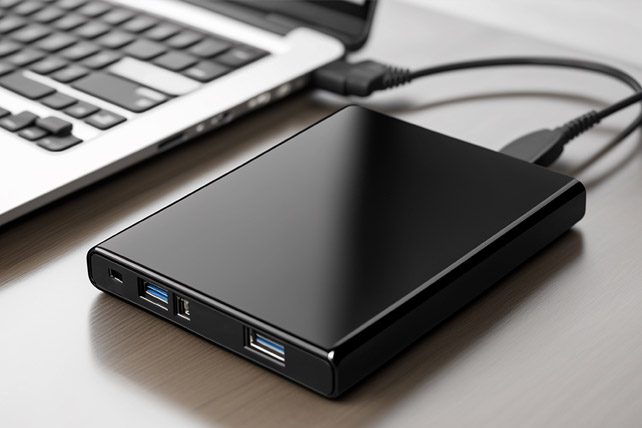I get calls from family and friends asking for help recovering from a device failure who hope to recover their data. Too often they have not been strategic in the storage of their data, and it is unrecoverable. Their lack of strategic data protection is understandable since few have expertise in the Information Technology (IT) field, and consumer stores rarely help their customers with consultation in this area. In this article I’ll detail the steps I take to protect our data from loss.
Strategic Data Protection
By data I’m referring to letters, spreadsheets, password lists, photos, movies, pictures, etc. In IT, we consider these files to be data. In our home we have computer devices running macOS and Windows plus iPhones and iPads. And we suffer device losses too! While on vacation recently we had a device failure because I dropped it into a hot tub! Totally fried! Thankfully, because of our data storage strategies, we lost no data and only had to replace the device.
Where Is Your Data?
When we save files of any type, they are usually saved somewhere on our device’s solid state drive (SSD). Often referred to as hard drives, these are chipsets that have lots of digital storage capacity. The vulnerability to data loss is when the SSD is the only place where the data is stored.
How Valuable Is Your Data?
The best answer comes in the answer to these two questions:
- How much time would it take to rebuild the necessary parts of your data required to manage your life?
- What wouldn’t get done while you’re trying to rebuild your data?
And don’t forget about the pictures, etc you’d miss if lost forever.
There are a few simple and easy-to-implement strategies to consider adding to your setup that will protect your data from loss.
Automatic BackUps
If your device is a computer, laptop, or notebook running macOS or Windows, there are built-in apps in those that can perform automatic backups of your data. The cost to do so is only a one-time fee to purchase an adequate-sized external hard drive, which is minimal. The built-in apps are called Time Machine in macOS and File History in Windows. Two notes:
- When buying an external drive for this option, buy one at least four or five times the size of your device’s SSD so it can save a lot of version history.
- Plug the external drive in to your device whenever you’re using it at your usual workplace (dining room table, desk, etc) and let your device run long enough to complete the backup cycle. It is only backing up changes, so it shouldn’t take long.

